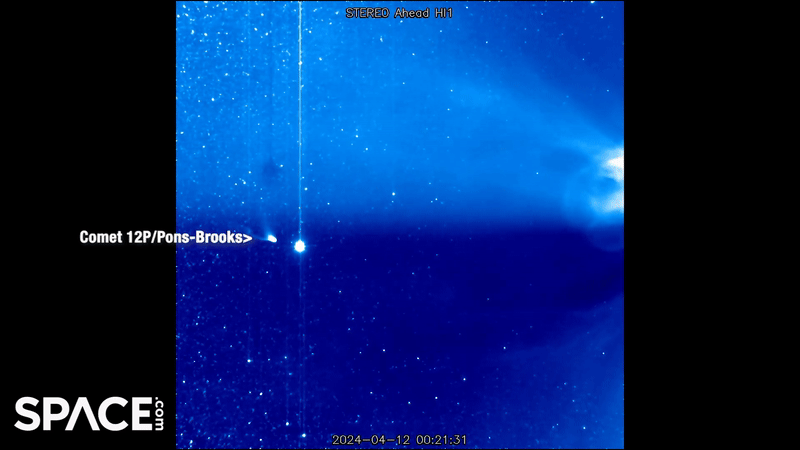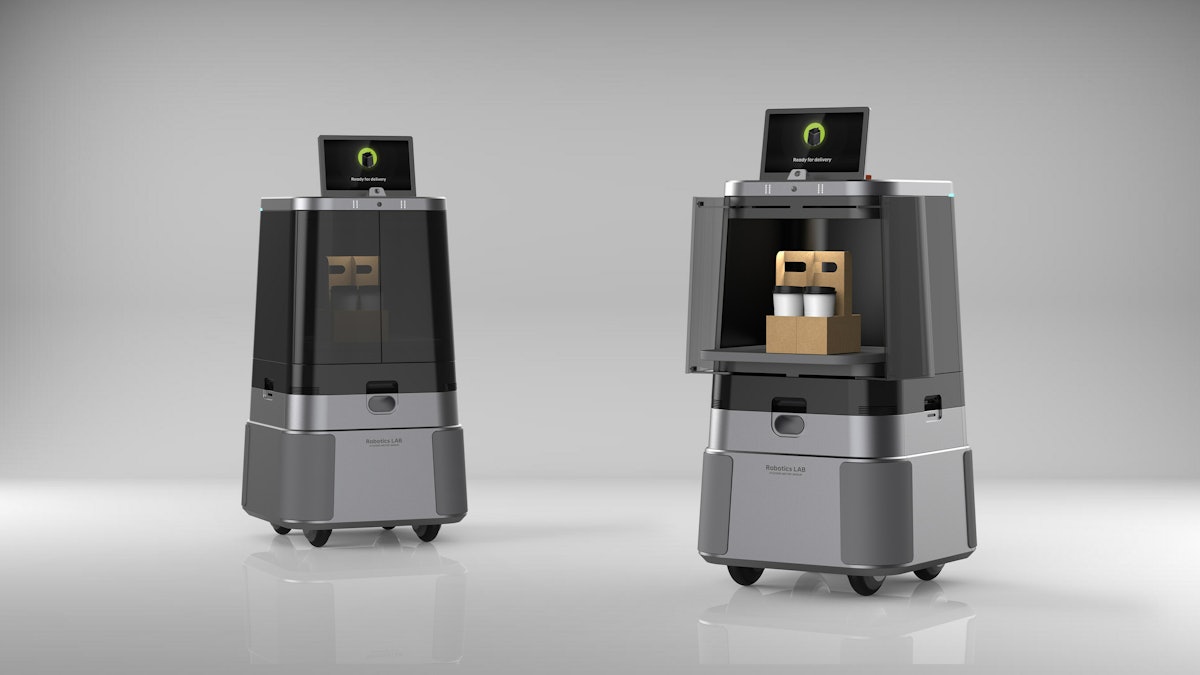
NASA’s space-based solar observatory STEREO-A is closely monitoring the ‘Devil Comet’ 12P/Pons-Brooks as it approaches its closest distance to the sun, known as perihelion, on April 21.
In the latest footage captured by the observatory, the comet is seen passing by Jupiter just as a coronal mass ejection (CME) is launched from the sun. CMEs, like solar flares, are caused by the realignment of the sun’s magnetic field, a process known as magnetic reconnection.
If you want to catch a glimpse of the ‘Devil Comet’ 12P/Pons-Brooks for yourself, we recommend using the Celestron Astro Fi 102 telescope, our top pick in the best beginner’s telescope guide.
During a disconnection event triggered by a CME or strong solar wind gust, comet tails can be uprooted and forced away from the comet, resulting in a kink, as seen in images captured by Chris Schur on April 9.
On April 21, the comet will pass within 72.6 million miles of the sun, almost three-quarters of Earth’s distance from the sun. It has garnered significant attention due to its sudden increases in brightness and changing appearance in recent years.
While the exact cause of these flares remains unknown, some scientists believe that comet 12P/Pons-Brooks may contain active ice volcanoes. These volcanoes have a cold mixture of liquid hydrocarbons and dissolved gases trapped beneath a wax-like surface that can explode when sunlight opens a fissure.
Nicknamed ‘Devil Comet’ after a large outburst in 2023, the comet has been associated with various shapes and objects, including a horseshoe crab, the Millennium Falcon, and of course, the ‘Devil Comet’.


